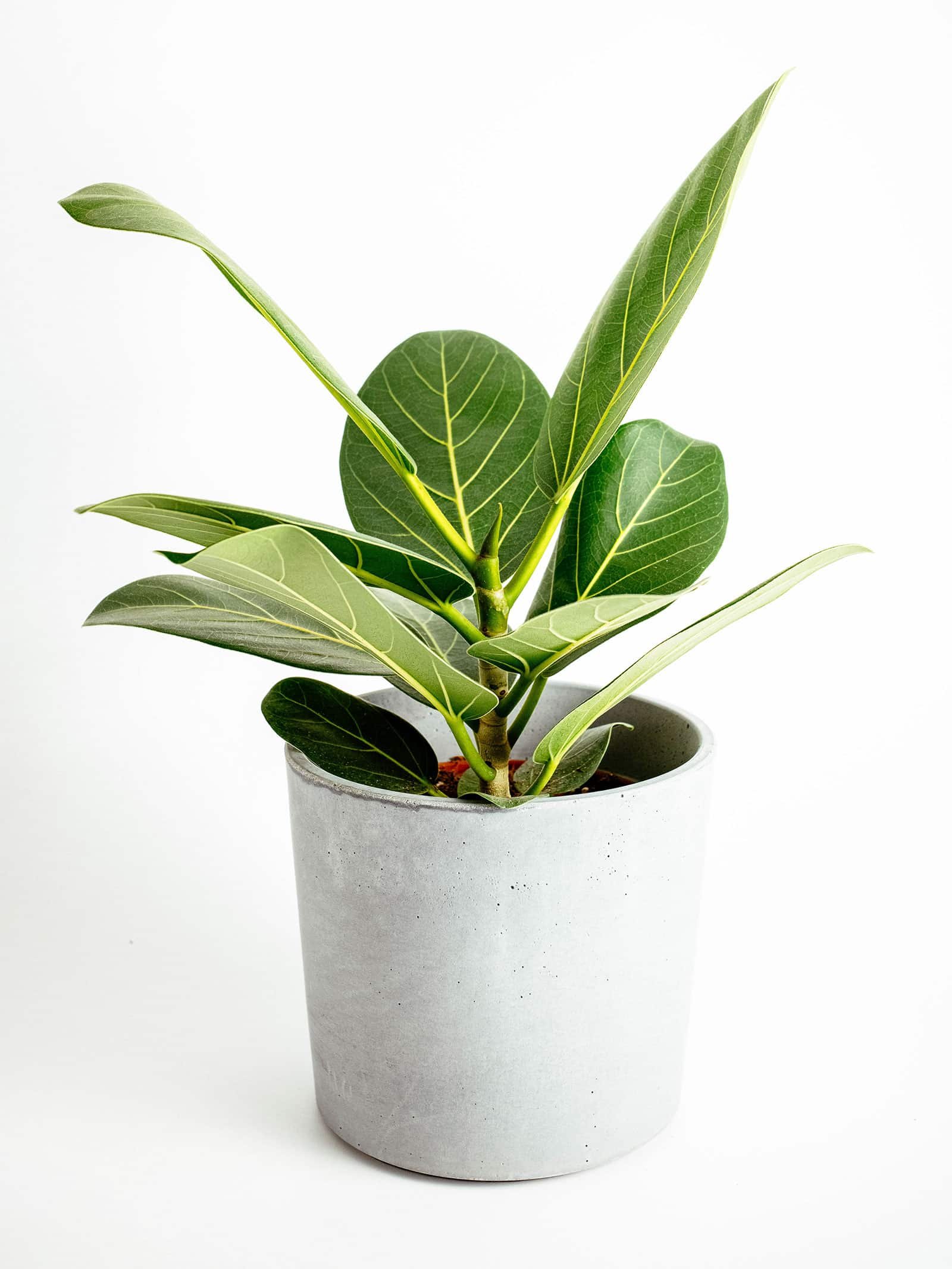Whether it’s your first time or 2024 is your 20th season, gardening is a joyful and rewarding hobby with great health benefits. Gardens attract beneficial pollinators to our yards, give us a safe and relaxing place to unwind, and provide healthy, nutritious food.
Keep reading for nine common vegetable garden mistakes to avoid this year. Let’s start your season off on the right foot with confidence and a plan!
Mistake: Planting Too Much
I’ve been there. I’m staring down at all the seeds that winter me purchased, and now spring me is thinking I’ve bitten off more than I can chew. I can just start them all, right? I’ll find space to plug it all in somewhere.
While this might sound harmless, plant spacing is listed on the seed packets for a reason. You can plant kale at three-inch spacing, but the results won’t be what you want. The plants will suffer, and you’ll be disappointed.
Do This Instead
Overplanted this year? Veggies spaced too closely? Here’s how to fix it in the future.
Clear Mapping and Planning
Have a plan by mapping out your garden, including measurements of bed space available, crop spacing, days to maturity, crop rotation information, pests and diseases possible, and special requirements like support or mulch.
Pro tip: Make a sticky note that features each crop and pertinent information, including spacing requirements. Move them around a map of your garden so you can decide on the best placement for each before drawing it out permanently. This will allow you to see everything you need in one place and make adjustments easily.
Provide Adequate Airflow
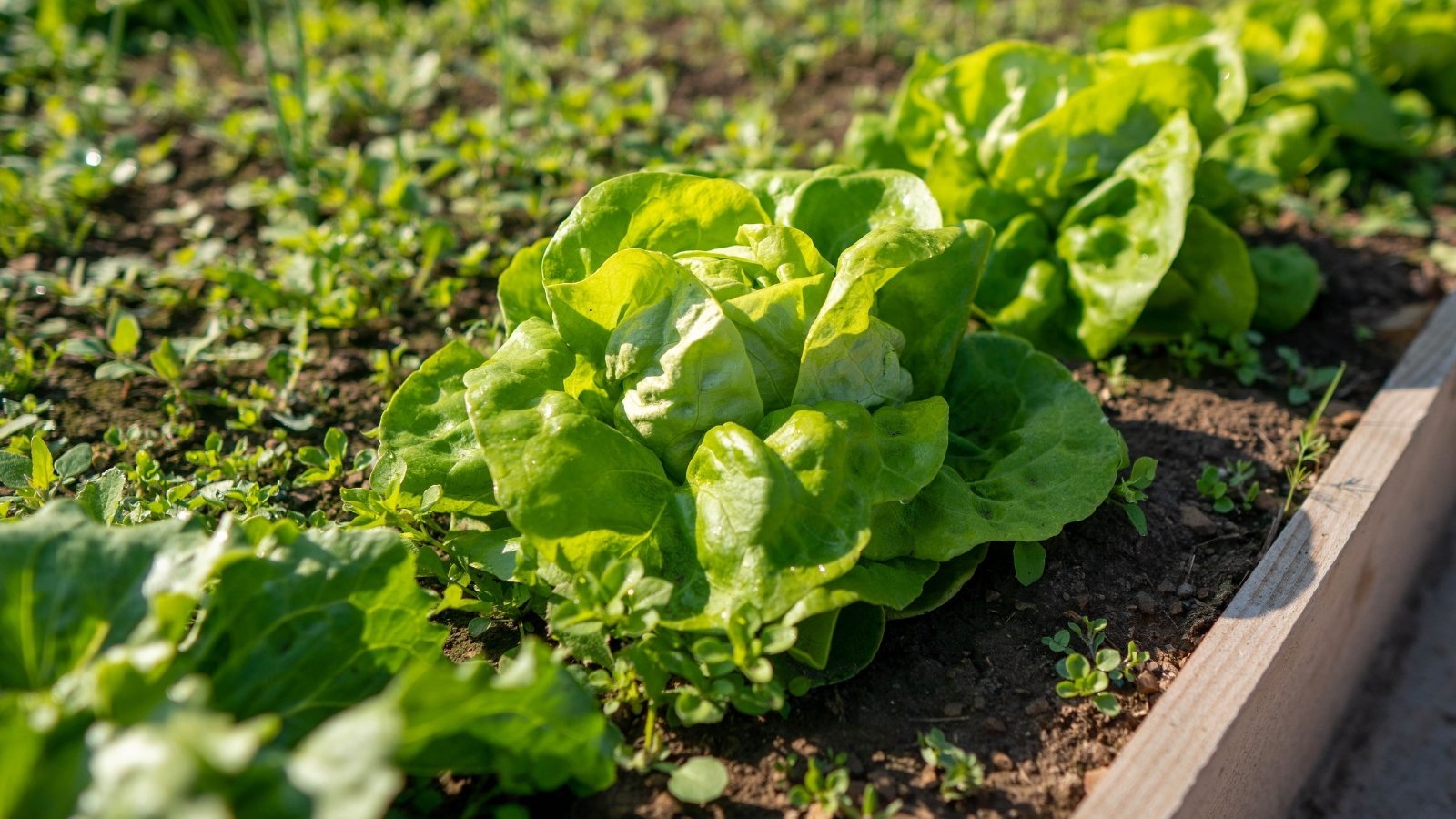
Less is more in this regard. Fewer plants with more space, resources, and nutrients means more productive plants and more delicious, healthy kale. Airflow allows plants to receive carbon dioxide and photosynthesize. It also reduces the risk of fungal diseases and stress.
Add horizontal air flow (HAF) fans if growing in a greenhouse. Maximum air circulation and ventilation are most important in enclosed spaces for temperature regulation, pest and disease control, and maximum plant performance. Studies show that HAF is the most efficient way to provide airflow in greenhouses.
Prune spent leaves and trusses off, starting near the base as plants grow that are no longer needed to open up more breathing room.
Know Your Limits
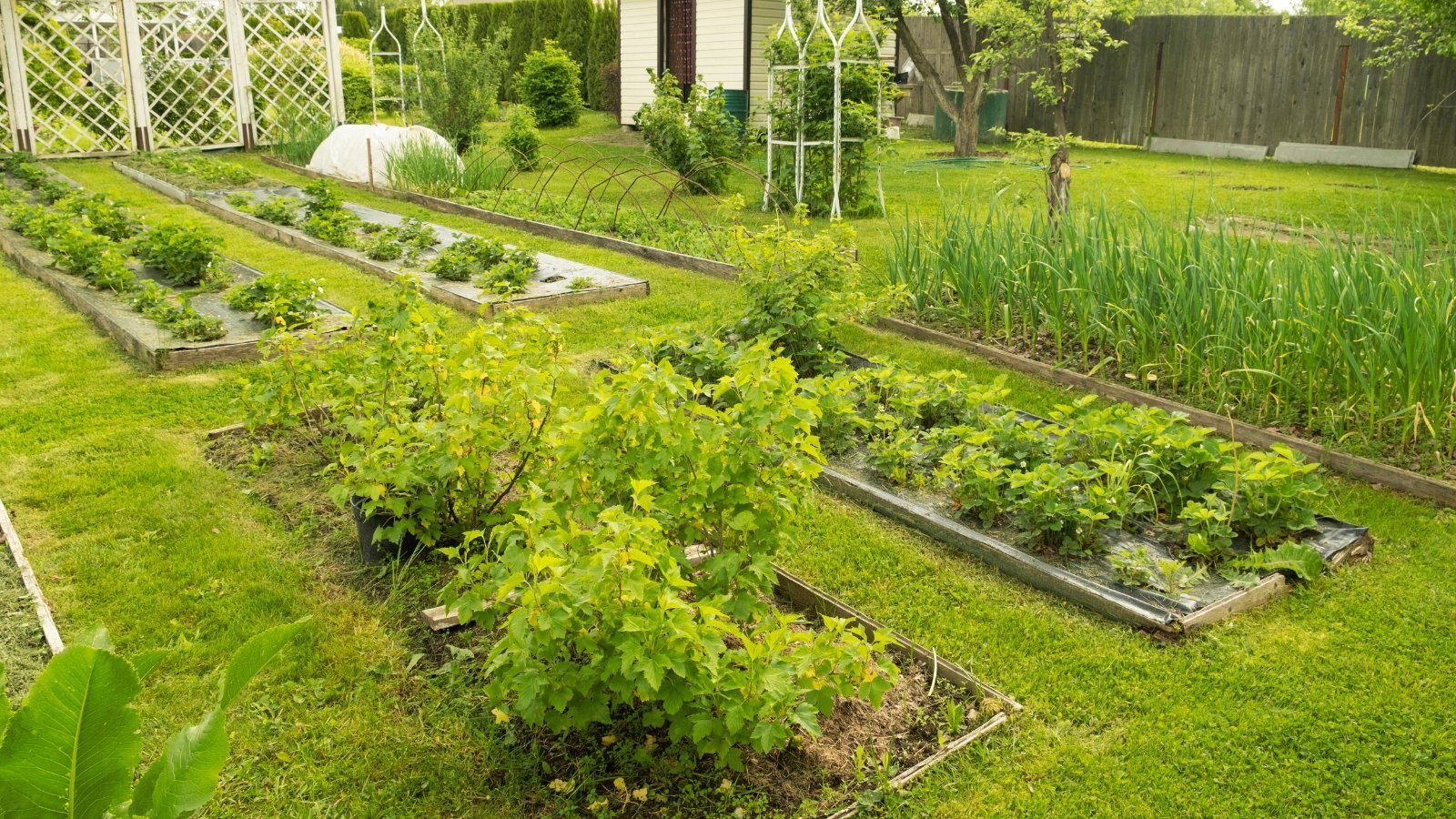
I know you love gardening. That’s why you’re here! But knowing your labor limits is important. Over-committing to your garden will cause stress and frustration, and that’s no fun. Know how much time you want to devote to garden clean up, pruning, weeding, watering, planting, and harvesting, and make adjustments as needed each season.
If you lost crops because you simply couldn’t get to them in years past, consider dropping a few items from your crop list. This will give you more time to focus on the ones you love that do well for you.
Mistake: Planting Too Early
I get anxious every February and find myself wishing I could get my hands in the soil and sow seeds. I could throw peas and kale in the ground in February in zone 5b, but there’s a lot of winter left, so it wouldn’t be wise. Transplanting seedlings into cold, wet soil when snow, sleet, and strong winds are anticipated can cause lasting effects that will have you kicking yourself all season.
Do This Instead
Here are some tips for ensuring you get your crops in the ground at the right time:
Know Your Last Frost Date and Plan Accordingly
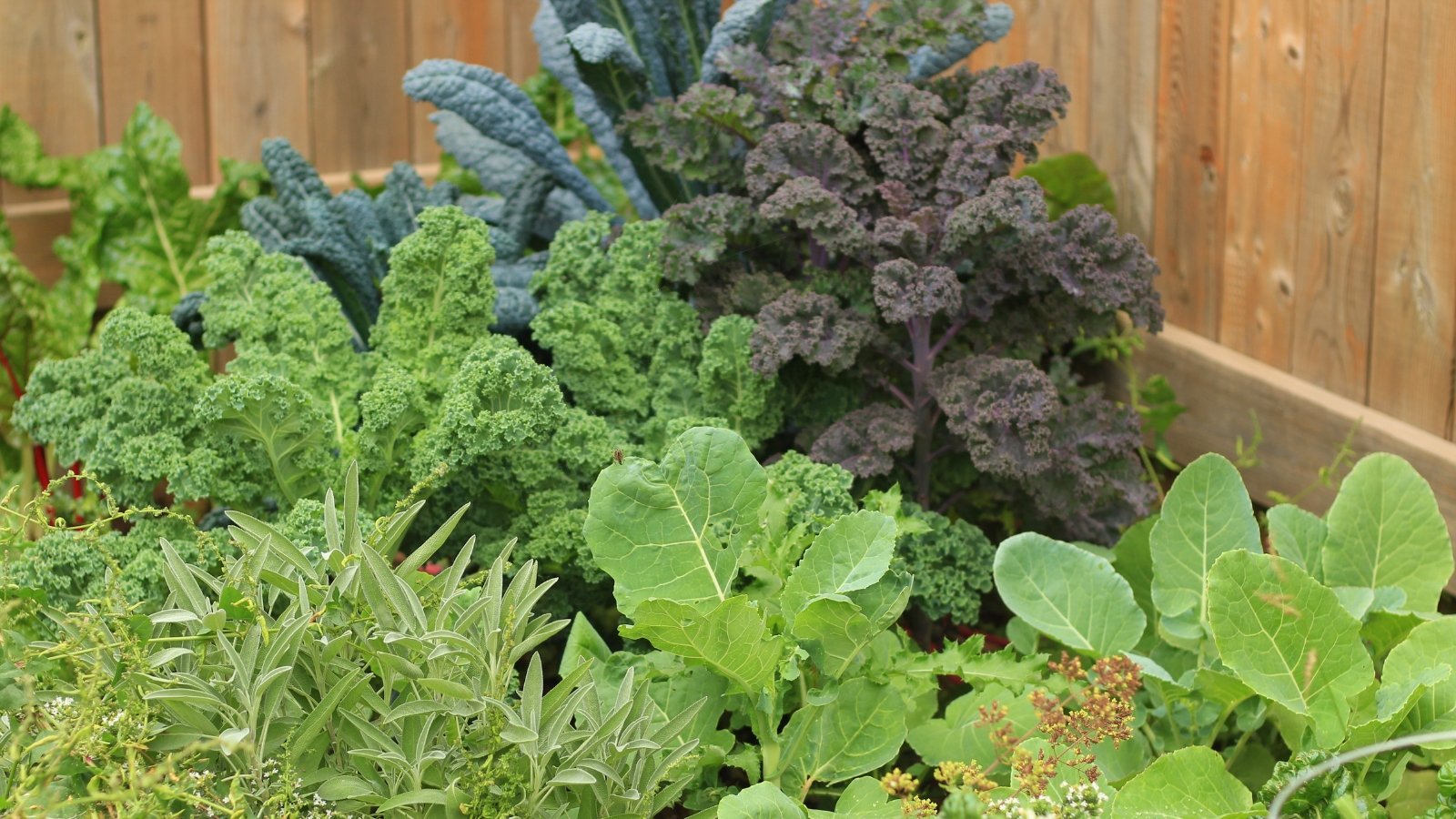
If you aren’t sure when yours is, submit your zip code to The National Gardening Association site. This is crucial because much of what you’re growing may not survive a frost. Other crops won’t germinate if they’re sown before this date. Some annuals like kale, collard greens, and spinach are cold hardy and will tolerate a light frost, but crops like green beans, basil, and summer squash don’t stand a chance!
The growing season is the time between the last spring frost and the first fall frost. Knowing the number of days free of frost will help you determine what and when to start seeds and how late in the season you can transplant seedlings. Determine the recommended sowing date by working backward from the days to maturity.
While it may seem like you’ll have mature plants sooner if you get them in the ground sooner, you make it harder for the plants to survive when conditions aren’t ideal. So, while waiting a few weeks longer to sow seeds and transplant outside, they’ll be happy you did.
Mistake: Selecting The Wrong Crops For Your Zone
Knowing your plant hardiness zone, or growing zone, is crucial to growing annual vegetables successfully. Plant hardiness zones are assigned based on the area’s average low temperature.
If you haven’t checked out the map recently, it was updated in 2023, so be sure you have the correct zone for your zip code. This information will help you map out a sowing schedule and successions. Then determine the best time to harden off and transplant seedlings safely.
Do This Instead
We all fall in love with plants that just don’t thrive in our zone. Resist those exotic plants for crops that will love your growing conditions.
Make Informed Crop Selections
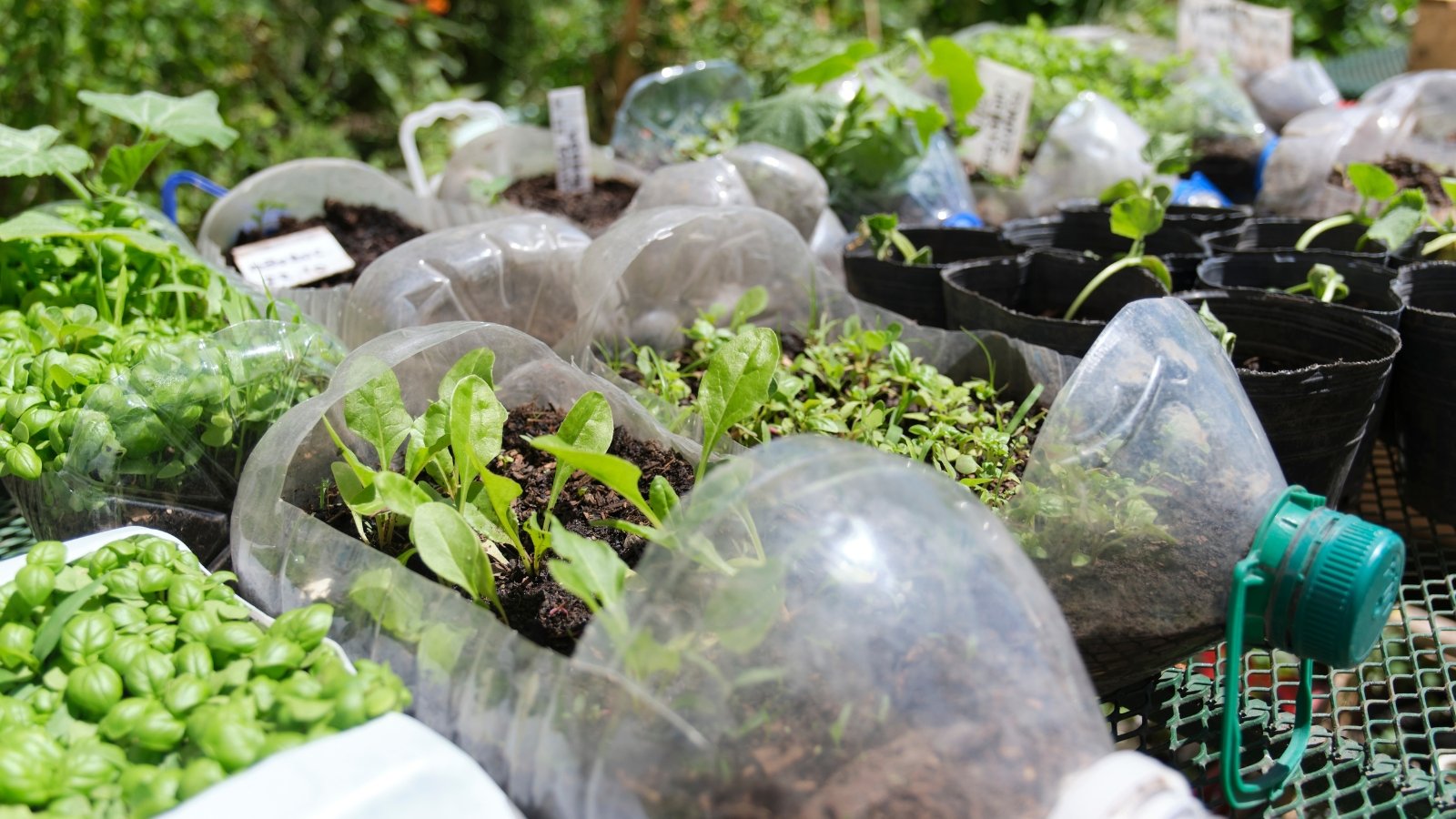
Timing is everything with sowing, transplanting, and planned harvest dates. Pay close attention to a plant’s hardiness zones and select crops well within the zone hardiness range. For example, if you’re in zone 3b, you may want to reconsider your plant to plant tomatoes in late April. Likewise, sprouting broccoli will likely bolt in zone 8b if sown in late July.
Know the boundaries of your region and the crops you want to grow and adjust as needed. You can trick the system by starting heat-loving plants like tomatoes indoors early to give them a head start and using frost blankets and heat mats but do so at your own risk. Follow the recommendations of each crop to save yourself from disappointment and crop loss.
Pro tip: If you grow in the north, look for crops that specify their ability to perform well in cold temperatures and can tolerate light frosts. If you’re a Southern grower, seek out varieties that tolerate heat and sun well, but be prepared to offer shade as needed.
Mistake: Ignoring Weed Pressure
Is it just me, or does there come a point in each season when it seems the weeds communicate with one another and just take over, becoming relentless and tougher than ever, leaving you with a feeling of hopelessness?
Weeds are plants growing in an unwanted area but can take over quickly and ruin your carefully cultivated and mapped-out garden. While weeds may just seem like a nuisance or an unsightly part of gardening, they can attract pests, contract diseases that will spread to your cash crops, and utilize important resources like nutrients and water.
Do This Instead
Don’t let weed-overwhelm discourage you and weaken your plants. There are many ways you can combat pesky weeds!
Create Stale Seedbeds Before Sowing
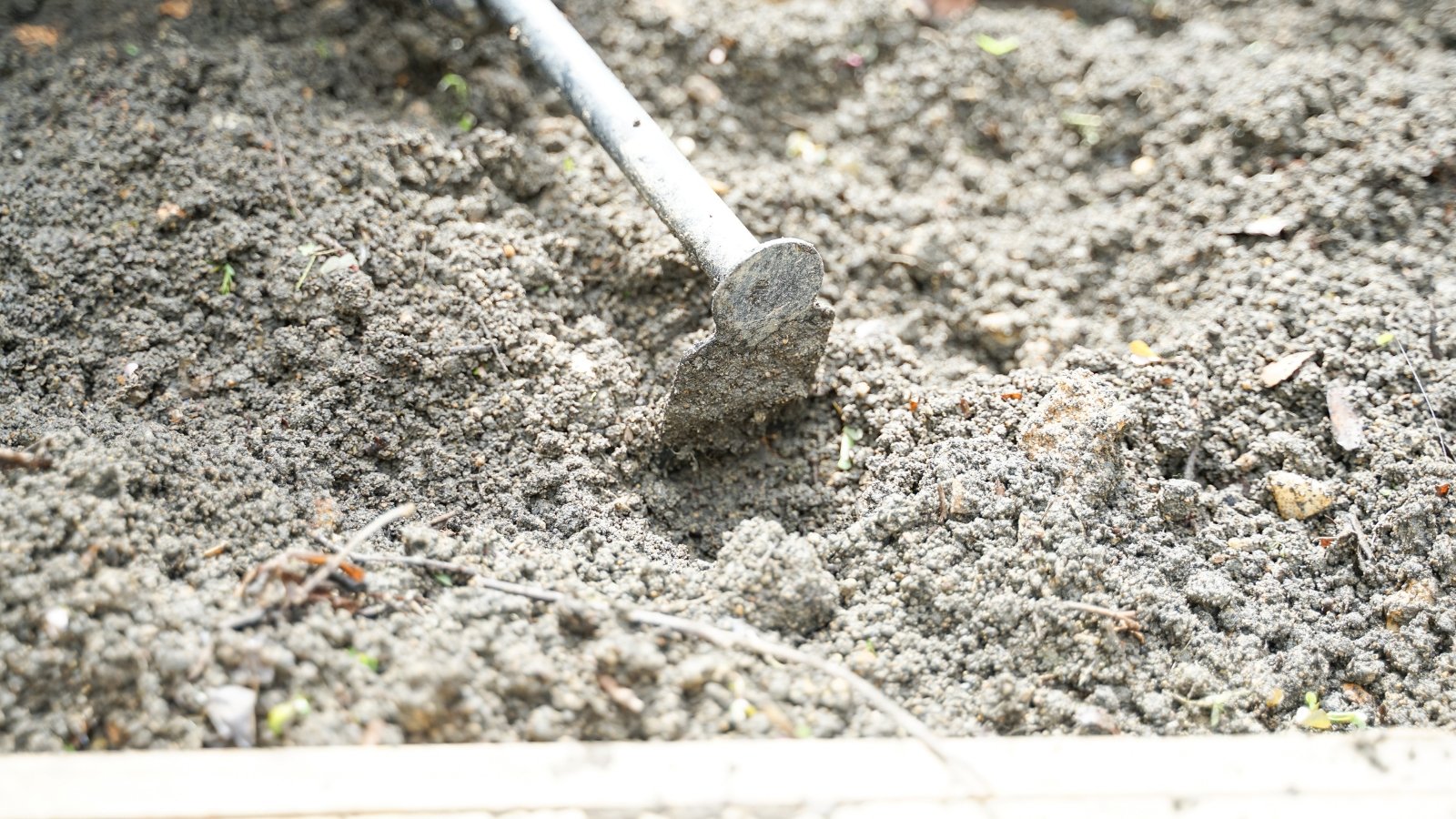
Most of the weeds that germinate and cause issues are in the top few shallow layers of the soil. Avoid deep tillage and smother these weed seeds to create a weed-free planting garden bed in one of two ways.
- Solarization: Cover the area with clear plastic to heat the soil. Weeds will germinate and terminate quickly due to the extreme heat and lack of air.
- Occultation: This has the same effect but uses black silage tarps. The plastic traps heat and moisture, creating the perfect germination environment, but they die soon after from a lack of sunlight.
Once these plastics are pulled back, gently rake off the debris, add any necessary amendments, and shape your bed. Voila! Your beds are weed-free and ready for the season. Pro tip: Broad fork before covering your beds to avoid pulling up dormant weed seeds that were hiding beneath the surface.
Practice solarization or occultation every year to decrease the number of weeds in your garden. Rotate the areas where you do this each year for continued weed control.
Make Weeding a Top Priority
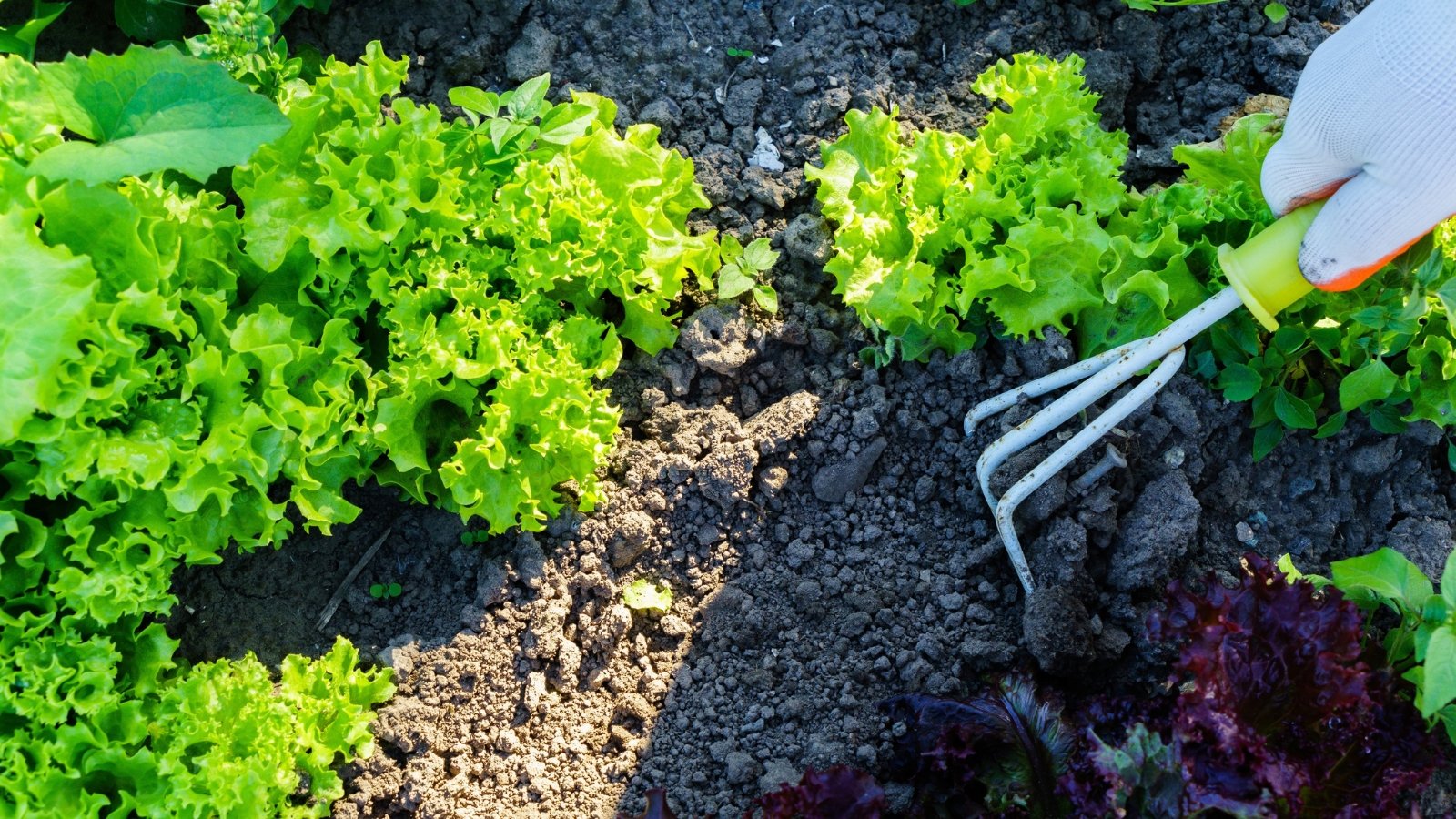
Throughout the season, add weeding to your weekly chore list. Remember, little weeds become big weeds and as they grow, they’re competing with your vegetables for resources. The more they take, the less your garden plants have.
Lightly cultivate with a wire weeder between small seedlings, being careful not to go too deep, bringing up fresh seeds. Hand weed pesky, tough-to-remove species. Remove all the debris from the garden or they could re-root in wet conditions.
Pro tip: Make a game out of gardening chores you don’t love doing. Make a playlist that makes weeding sessions more enjoyable, invite a friend to help, or challenge yourself to fill a container.
Mistake: Not Providing Enough Sunlight
Some vegetables in the brassicas family will perform decently without a full day of sun. However, you’ll be waiting longer to enjoy the fruits of your labor. Sunlight is needed for photosynthesis, proper growth, and food and gas conversion. The sun is the plant’s main energy source from which all activities stem. Pun intended.
Plants can reject energy absorbed from the sunlight if they don’t need it, but they can’t move around to find sunlight when it’s not provided. You can amend your soil, water your crops, and provide proper air circulation and support, but if your vegetables don’t receive adequate sunlight, there is no alternative!
Do This Instead
While you may have to deal with poorly performing crops if you planted in the shade this year, a sunnier spot next season will pay off! In the meantime, consider growing veggies that don’t mind the shade.
Provide Adequate Sunlight
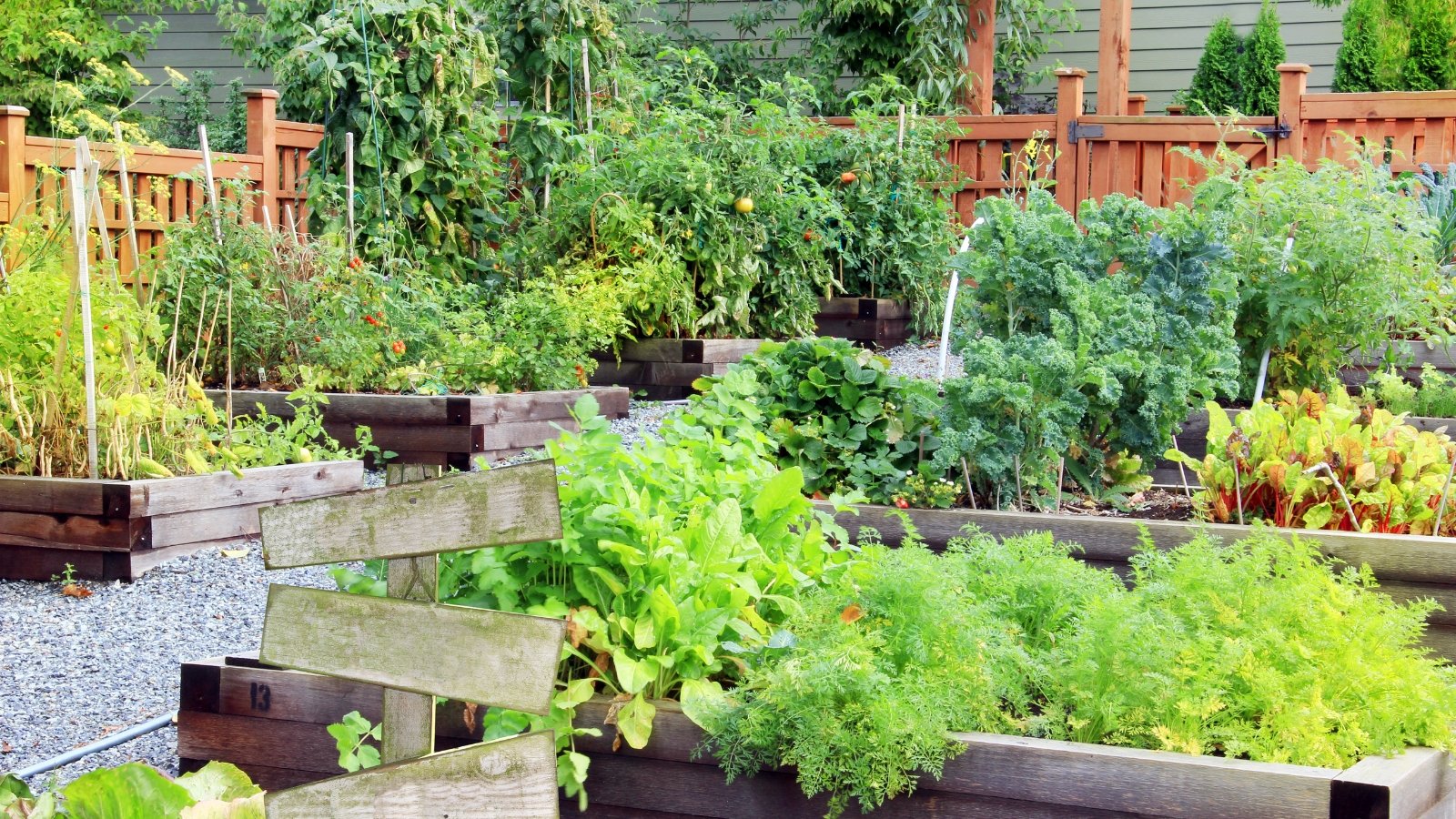
Pay close attention to the sunlight requirements indicated on the seed packets and plant each crop in an area of the garden where it will receive the correct amount of sunlight.
In the spring when days are still quite short, grow crops like Swiss chard, kale, mustard, and spinach. These guys only require three to four hours of sun a day. When day length increases, sow carrots, potatoes, and radishes that need five to six hours of sunlight a day. Don’t transplant your tomatoes, peppers, eggplant, or squash until sunlight reaches seven to eight hours a day or they won’t perform well.
Note if you start seedlings indoors, you must provide adequate sunlight beginning at germination. Otherwise, they will become leggy, remain weak, and possibly experience stunted growth. If you don’t have a sunroom, consider purchasing or building a grow rack with adjustable grow lights.
Mistake: Overwatering
Watering too much can cause root rot, damping off, stunted growth, increased susceptibility to disease, attracting pests, decreased yields, and even death. When too much moisture is in the soil, your plant’s roots cannot breathe and won’t function or grow properly.
Have you experienced water entering your nose and throat after jumping into the deep end of a pool? You likely came up gasping for air because you were water-logged and couldn’t get air into your lungs. This is similar to what your plants experience when they’re overwatered.
Diagnose this issue properly by feeling the stem at the base and looking around the soil surface. If the stem is softened or yellowed, leaves are falling, gnats are all around, or any part of the plant has water spots or blisters, it may have been overwatered.
Do This Instead
Here are a few tips for making sure your plants get just enough water:
Use a Moisture Meter or Rain Gauge
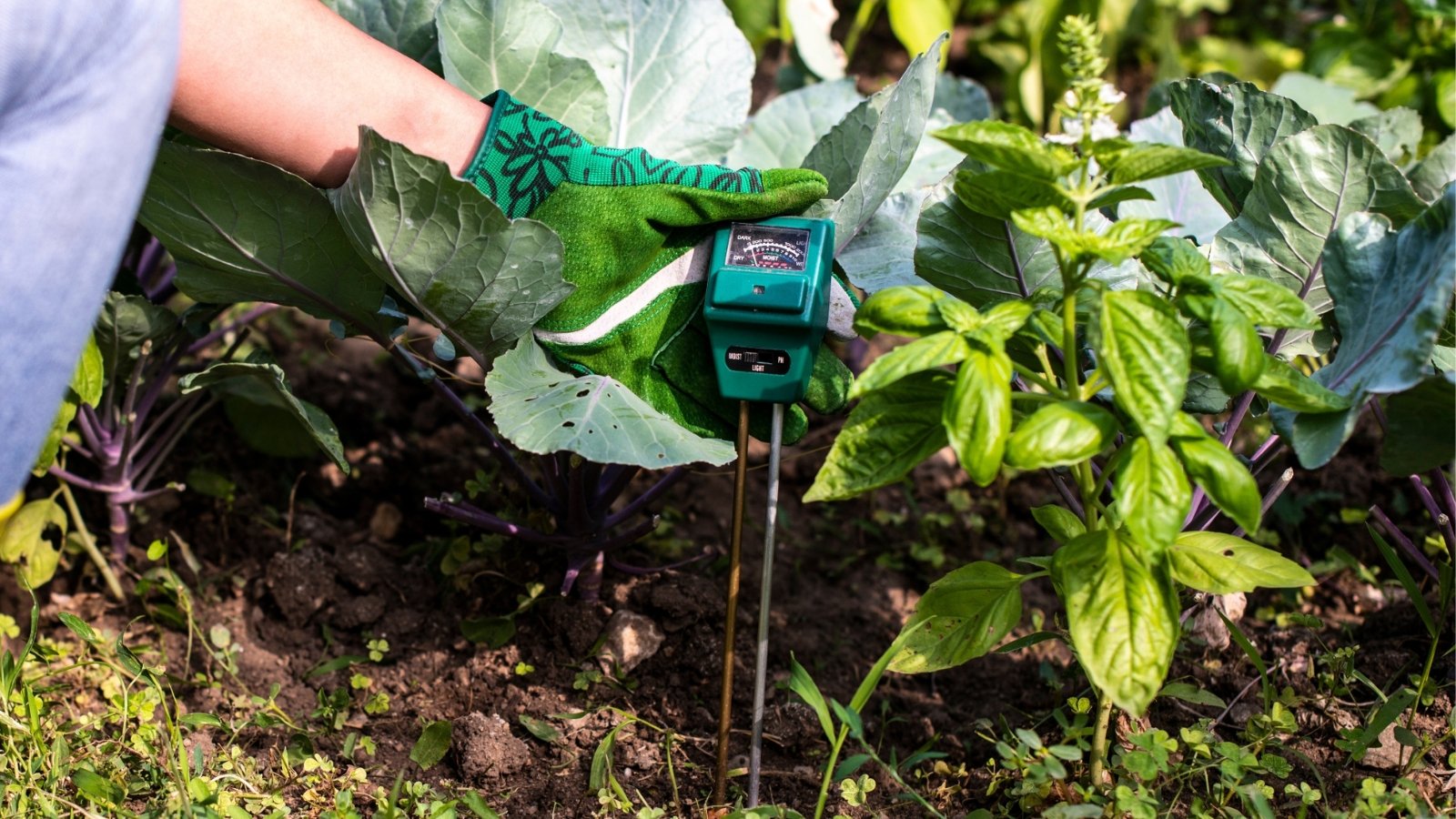
Your soil should be well-draining and consistently moist but not soggy or water-logged. If you have received ample rain, irrigating may not be necessary. While a rain gauge will not tell you exactly how much water your crops received, it will give you a baseline of what was received in your area.
Before watering, do the finger test. If the soil is still moist at knuckle level, skip watering until it dries out a bit. You can also use a simple moisture meter to indicate when plants are likely to be thirsty.
Mistake: Underwatering
Underwatering can be identified with poor germination of direct sown seeds, light-colored, cracking soil, and wilting. Allowing the soil to dry out may have negative effects on your plant’s production, performance, health, and growth.
While established plants may be able to go longer between watering sessions, newly germinated and transplanted crops need consistent and regular water to develop a strong root system and become established.
Do This Instead
Avoid both under and overwatering by monitoring moisture levels in the soil.
Practice Deep Watering
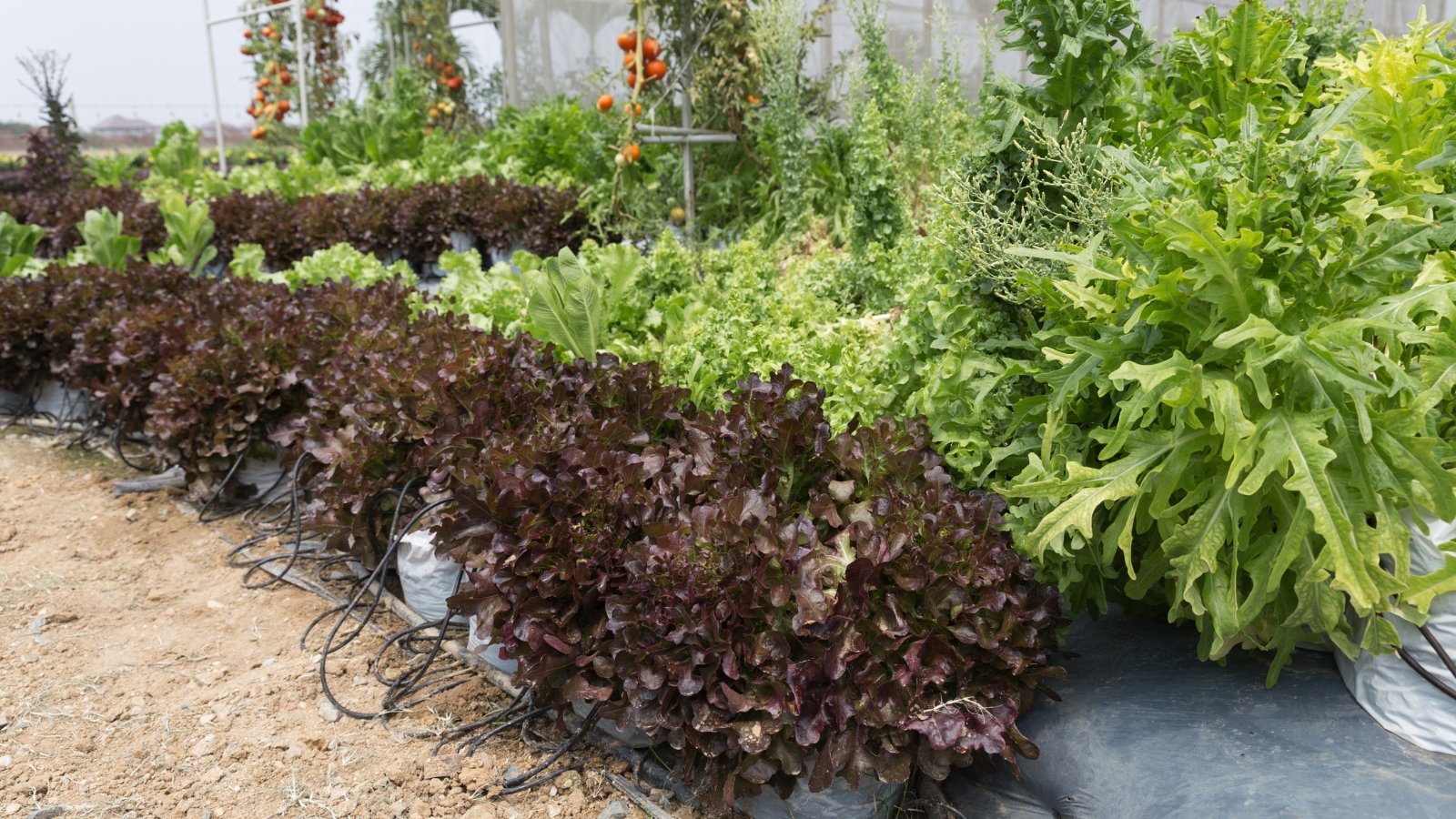
Install drip irrigation that lays at the base of plant stems. This directs water to the roots where the plant needs it most, decreases evaporation, and helps stabilize the plant by encouraging a strong root system. Always check lines and clean filters regularly to ensure the system is working properly.
Mistake: Leaving Plants to Fend For Themselves
While some gardeners take the “let nature take its course” approach to backyard gardening, offering TLC and support to items in our garden will increase yields, decrease disease risk, provide seasonal beauty, and make end-of-year cleanup easier.
Your plants will appreciate it if you regularly complete these tasks throughout the season.
Do This Instead
Your plants will appreciate it if you regularly tend to them throughout the season.
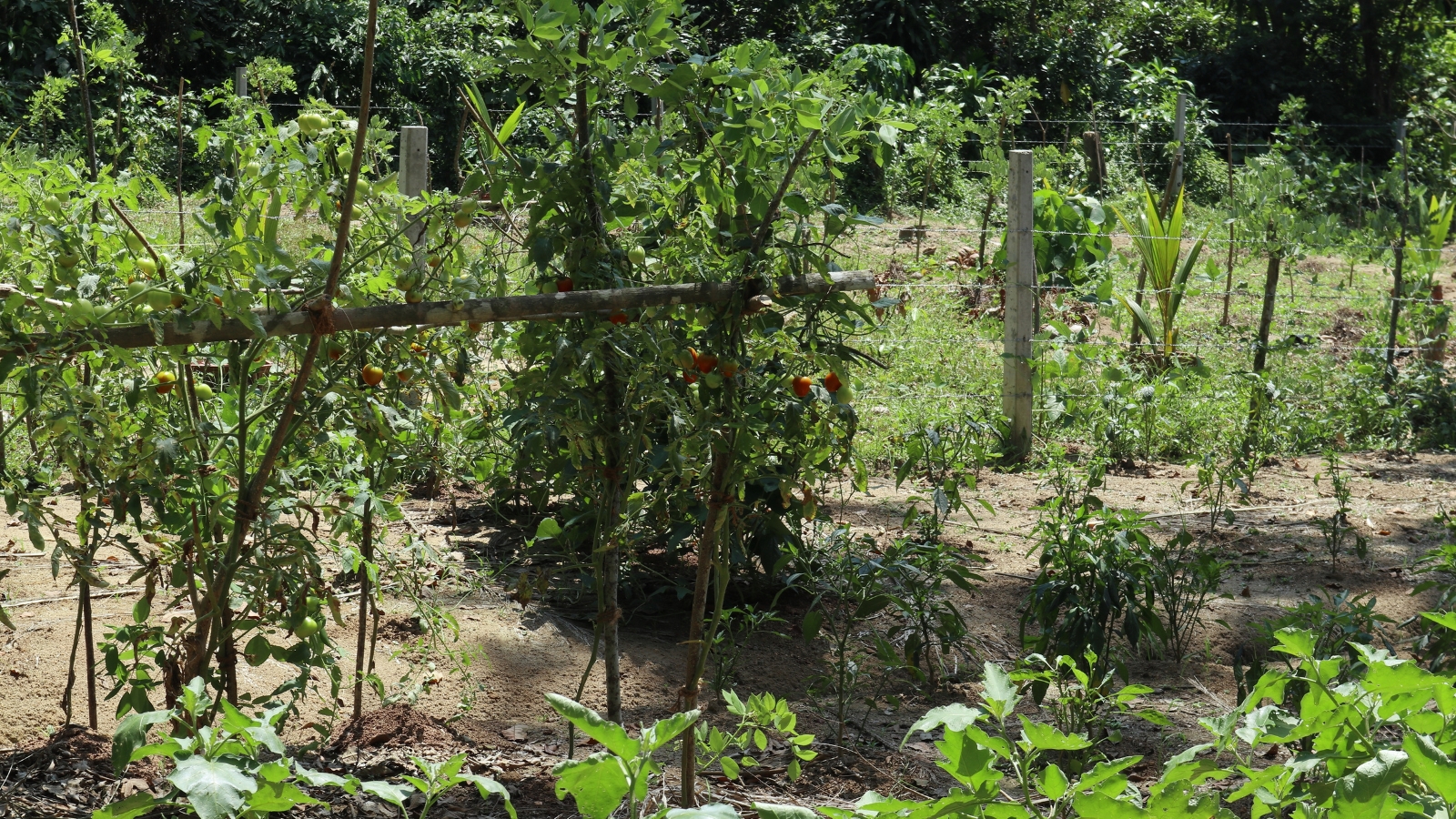
- Provide support: Tall tomato varieties, peppers, eggplant, cucumbers, and sugar snap peas are a few crops that perform better when provided a trellis. Use a trellis system if growing in a hoop house, and cage or the Florida weave method if growing outside.
- Pest control: Pests destroy crops by eating them, laying their eggs nearby, attracting other pests, and even carrying disease.
- Scout for disease: Get in the habit of regularly walking through your gardens and taking note of anything that looks off. This can include but isn’t limited to yellowing or browning leaves, leaf drop, flower abortion, droopy or sagging leaves.
- Mulch as needed: Proper mulching on plants that need it helps retain moisture, cool the soil, protect the crown, suppress weeds, and decrease erosion.
- Offer cold and frost protection: This is especially important in the spring months and as we move into summer. Warm-weather-loving crops like tomatoes, peppers, eggplant, and cucumbers will not survive a frost.
Monitor your garden closely, especially during inclement weather and when conditions are ripe for disease. Scout for pests and diseases and take swift action if signs are present. Protect them as best you can from extreme weather like snow, frost, wind, and harsh sun.
Mistake: Not Focusing on Soil Health
Soil health is the number one building block of gardens. If it’s a priority, it will show. Plants will have stunted growth, lower yields, and be more susceptible to disease and pest issues.
It can be difficult to focus on the unseen activity below the soil surface, but each component in the soil has an important role that allows crucial above-soil surface activities to occur and plants to thrive. Knowing exactly what your soil needs instead of throwing out a general feed each season will result in a high-performing, healthy garden.
Do This Instead
Find out what your soil lacks before amending for best results.
Soil Test Annually
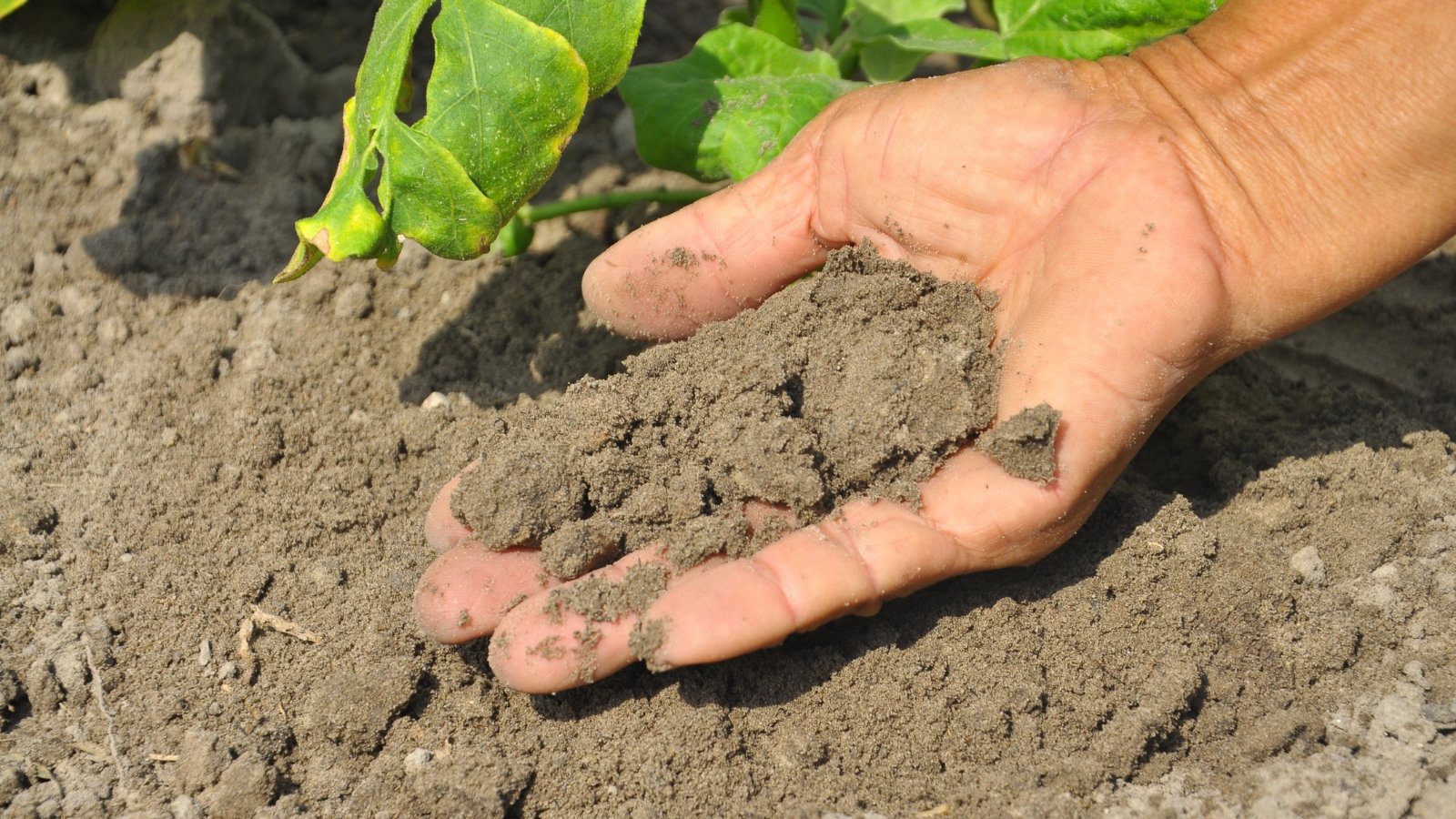
Contact your local extension office or university for instructions on soil tests. Follow the instructions on collecting samples and sending them in, and they’ll send back the results and recommendations based on the crops you indicated you grow. Results will include your soil type, NPK/fertility levels, and pH at a minimum, but you can pay for add-ons like macronutrient and micronutrient levels.
Another option: several inexpensive, reliable at-home kits on the market take the guesswork out of soil testing. The Epic Gardening soil testing kit makes sending in samples and getting results a cinch!
Focus on Soil Health
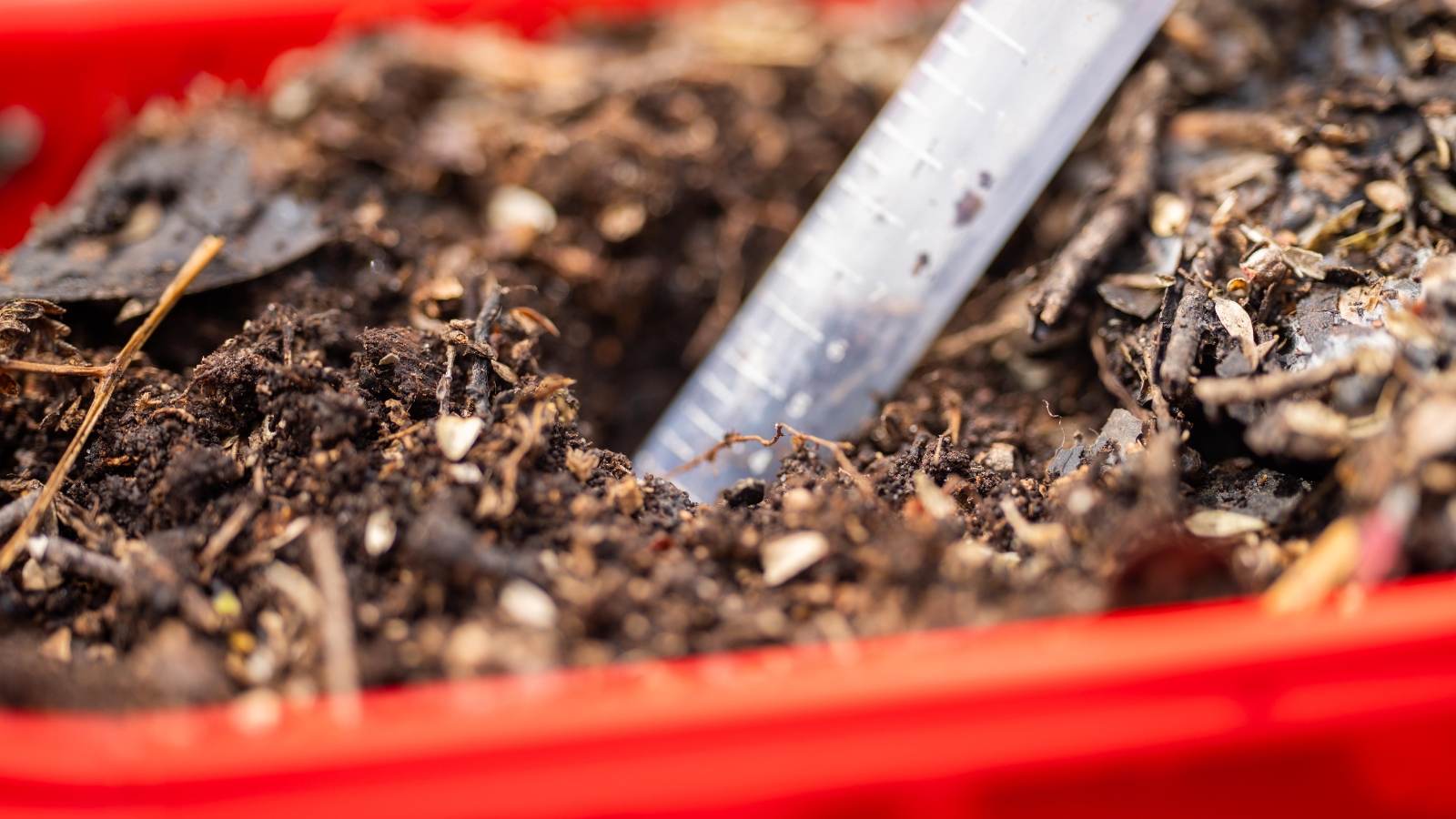
You may notice that many seed packets recommend that your soil is well-draining and loamy. The bad news is, that most of our gardens are properly aerated and have low-laying, wet areas. The good news is, we can work on it.
Broad forking, grazing livestock, and cover cropping are two easy ways to aerate your soil that will benefit your garden, but they require some patience. Heavily compacted soil can’t breathe or drain properly and won’t allow plants to build a healthy root system. As your soil consistency improves, you’ll notice native earthworms, improved drainage, healthier plants, and decreased transplant shock. This leads to a healthier garden with less disease and pests and higher yields.
Plus, healthy soil is good for us!
Key Takeaways
- Know your limits. Don’t do too much and become overwhelmed.
- Don’t get carried away by starting early.
- Select the right crops for your growing zone and soil type for the best results.
- Have a plan for controlling weeds, pests, and diseases.
- Prune plants as needed and water them properly.
- Offer support and protection.
- Soil health is everything!
Final Thoughts
And there you have it, nine common vegetable garden mistakes you can confidently avoid this year and what to do instead. You have everything you need to be successful! Just follow the plan, pay close attention, and have fun.




